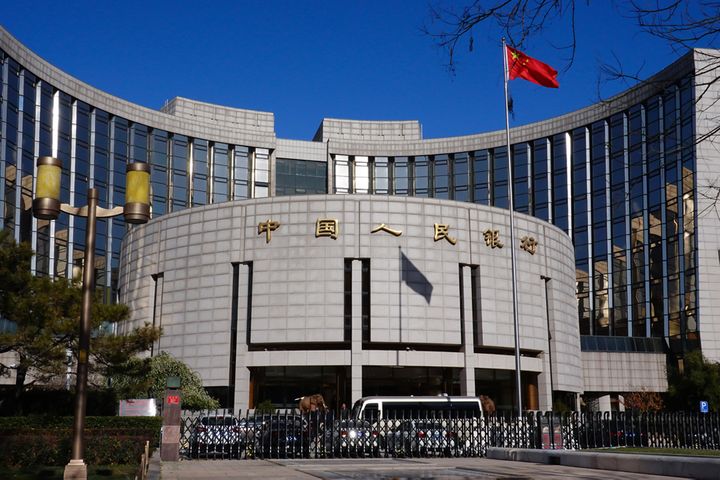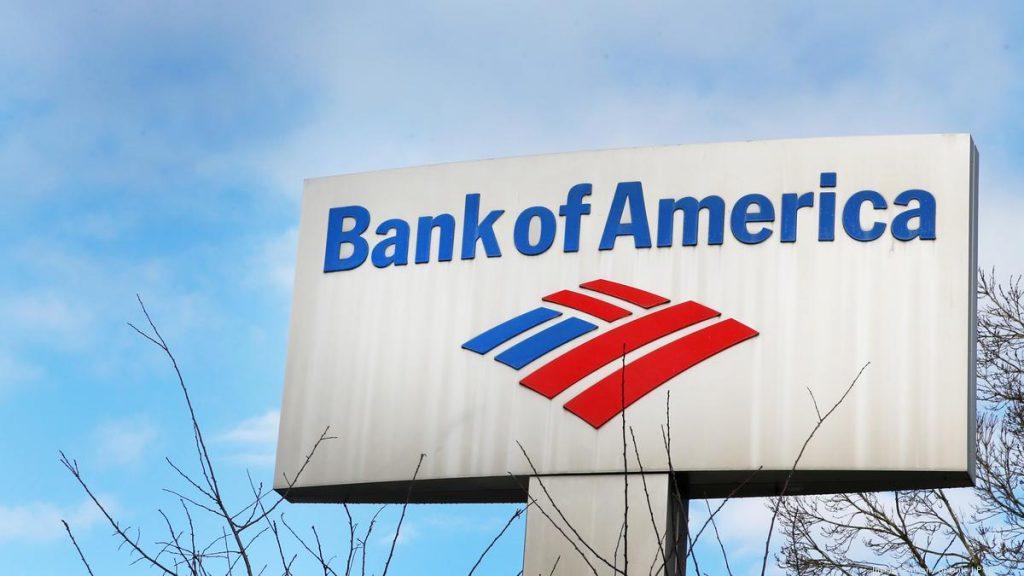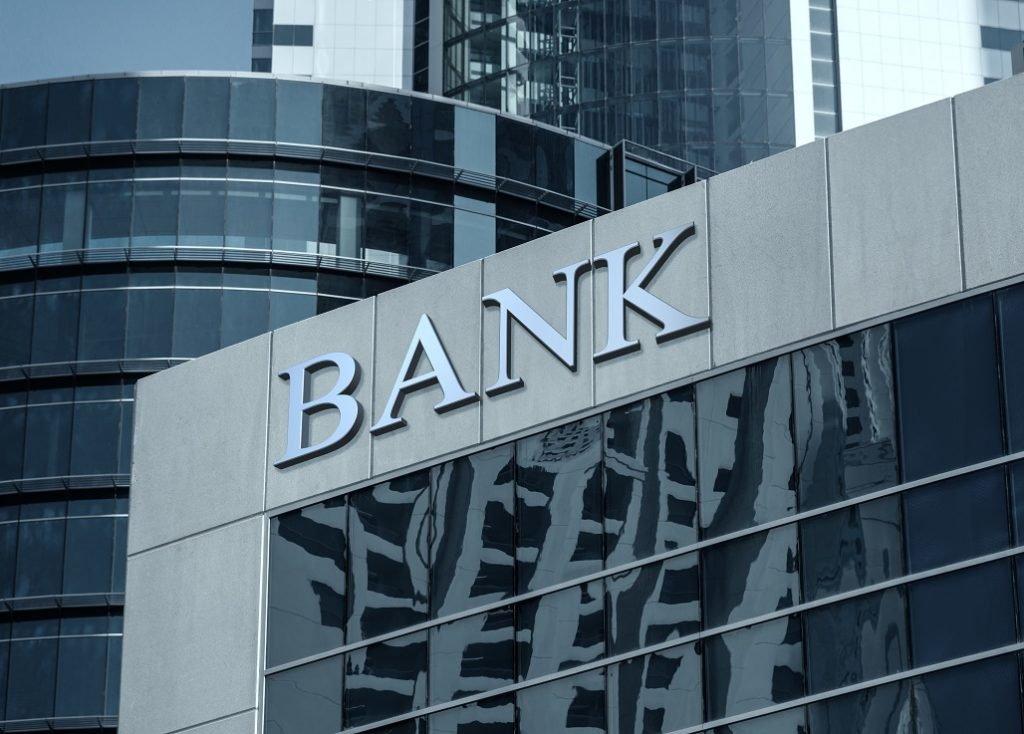Last Updated on June 22, 2025 by admin
The financial landscape of the world is dominated by a select group of towering institutions that command immense influence and power—these are the global banking giants.
With their vast networks and substantial asset holdings, they shape the flow of capital across the globe, facilitating trade, supporting economic growth, and driving innovation in the financial sector.
The largest banks in the world by assets are critical players not only in their home countries but also on the international stage, where they often lead financing for major infrastructure projects and fuel cross-border commerce.
Their extensive services, which range from commercial and retail banking to investment and wealth management, cater to a diverse clientele, including governments, corporations, and individuals.
These institutions derive their strength from a combination of historical legacy, expansive reach, and the ability to innovate in response to market changes.
Many have weathered previous economic storms and emerged even more robust, capitalizing on mergers and acquisitions to expand their footprints.
From Asia to North America and Europe, these banks navigate complex regulatory environments and geopolitical landscapes, constantly adapting to new risks and opportunities.
As the world increasingly embraces digital transformation, these banking giants are also at the forefront of integrating technology, enhancing their services, and maintaining their competitive edge in an ever-evolving market. This dynamic interplay of size, influence, and adaptability is what underpins their status as the titans of global banking
Read: 11 Best Online Loan Apps In Nigeria to get instant loan
List of biggest bank in the world
In 2025, the global banking landscape is dominated by Chinese and American institutions, with the top four positions held by China’s ‘Big Four’ banks: Industrial and Commercial Bank of China, Agricultural Bank of China, China Construction Bank, and Bank of China.
These banks have consistently maintained their positions due to their vast asset holdings and significant influence in the global market.
The United States’ largest bank, JPMorgan Chase, ranks fifth globally, followed by other major American banks such as Bank of America, Citigroup, and Wells Fargo. These institutions reflect the ongoing dominance of Chinese and American banks in the global financial sector
| Rank | Bank Name | Country |
|---|---|---|
| 1 | Industrial and Commercial Bank of China | China |
| 2 | Agricultural Bank of China | China |
| 3 | China Construction Bank | China |
| 4 | Bank of China | China |
| 5 | JPMorgan Chase & Co. | United States |
| 6 | Bank of America | United States |
| 7 | HSBC Holdings PLC | United Kingdom |
| 8 | BNP Paribas | France |
| 9 | Mitsubishi UFJ Financial Group | Japan |
| 10 | China Development Bank | China |
Read: Lists of access-bank usd code for transaction in Nigeria
European banks also play a significant role in the global banking sector, with HSBC Holdings PLC being the largest in Europe and the seventh largest worldwide. Other notable European banks include BNP Paribas from France and Deutsche Bank from Germany.
These banks have maintained their positions through strategic asset management and acquisitions, which have allowed them to compete with their American and Chinese counterparts.
The presence of these banks in the top 50 highlights the importance of the European banking sector in the global economy.
The Japanese banking sector is represented by major players such as Mitsubishi UFJ Financial Group and Sumitomo Mitsui Financial Group, both of which are in the top 20.
These banks have leveraged Japan’s strong economic position and have expanded their operations globally, contributing to their high rankings. The presence of Japanese banks in the top 50 underscores the country’s influence in the global financial market
| Rank | Bank Name | Country |
|---|---|---|
| 11 | Crédit Agricole | France |
| 12 | Sumitomo Mitsui Financial Group | Japan |
| 13 | Barclays | United Kingdom |
| 14 | Deutsche Bank | Germany |
| 15 | Wells Fargo | United States |
| 16 | Société Générale | France |
| 17 | Mizuho Financial Group | Japan |
| 18 | Citigroup | United States |
| 19 | Royal Bank of Canada | Canada |
| 20 | Groupe BPCE | France |
| Rank | Bank Name | Country |
|---|---|---|
| 21 | UBS Group | Switzerland |
| 22 | Banco Santander | Spain |
| 23 | Lloyds Banking Group | United Kingdom |
| 24 | ING Group | Netherlands |
| 25 | Goldman Sachs | United States |
| 26 | Morgan Stanley | United States |
| 27 | Intesa Sanpaolo | Italy |
| 28 | Nordea | Sweden |
| 29 | UBI Banca | Italy |
| 30 | Standard Chartered | United Kingdom |
The presence of banks from countries like Switzerland, Spain, and Italy in the top 50 highlights the diverse nature of the global banking sector. UBS Group from Switzerland and Banco Santander from Spain are notable for their strong international presence and strategic growth initiatives.
These banks, along with others from the United Kingdom and Italy, contribute to the competitive and dynamic nature of the global financial market.
Read: Top 3 Financial Metrics for Entrepreneurs
| Rank | Bank Name | Country |
|---|---|---|
| 31 | Credit Suisse | Switzerland |
| 32 | Banco Bilbao Vizcaya Argentaria | Spain |
| 33 | NatWest Group | United Kingdom |
| 34 | Danske Bank | Denmark |
| 35 | Commerzbank | Germany |
| 36 | KBC Group | Belgium |
| 37 | CaixaBank | Spain |
| 38 | Bank of Montreal | Canada |
| 39 | Scotiabank | Canada |
| 40 | National Australia Bank | Australia |
Regional Analysis Of Major Banks
The regional analysis of major banks reveals significant variations in size, asset management, and dominance across different parts of the globe. In Asia, the banking landscape is primarily defined by the sprawling Chinese banking institutions, such as the Industrial and Commercial Bank of China, China Construction Bank, and Agricultural Bank of China, which consistently top the lists of largest banks worldwide by assets.
These banks benefit from China’s massive economy and extensive consumer base, establishing a formidable presence globally through substantial international investments and partnerships. Moving westward, European banks like HSBC Holdings, BNP Paribas, and Deutsche Bank stand out, with a blend of broad reach and diverse financial services, including wealth management, retail banking, and corporate services.
Despite facing regulatory challenges and economic uncertainties, European banks continue to maintain robust operational strategies and cross-border presence.
In North America, banks such as JPMorgan Chase, Bank of America, and Citigroup dominate the landscape, capitalizing on sophisticated financial markets and a wide array of investment vehicles.
These institutions benefit from technological advancements and innovation, enabling them to navigate complex financial environments efficiently. Meanwhile, banks in regions such as the Middle East and Africa are gradually expanding their global reach, focusing on diversifying their asset portfolios and fortifying their capital bases
This regional diversity in the banking sector underscores the global interconnectedness of financial systems, influenced by differing economic policies, market conditions, and regulatory environments.



















